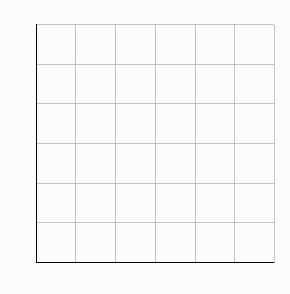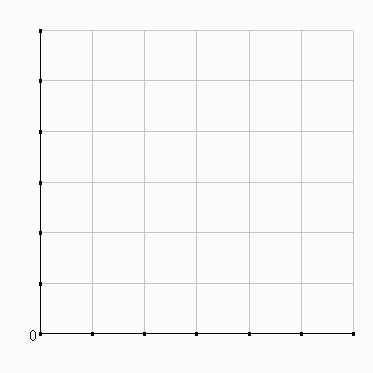|
1. |
Consider a theater customer with the following
demand for popcorn: Q = 3 - 2.P, where P=price per carton and Q=cartons of popcorn. The marginal cost of popcorn to the theater owner is constant at $.50 per carton, and the owner presently charges a price of $1.00 per carton. |
 |
|
| a. | Depict the above information in a supply and demand diagram for popcorn. Indicate the present consumer surplus of the theater customer and the present popcorn profits of the theater owner. | ||
| b. | Assume that all of the theater's customers have
the same demand for popcorn that is illustrated here. Keeping in mind that theater owners can change both their ticket price and their popcorn
price, use the concept of consumer surplus to calculate how much this owner can increase
overall profits by reducing the price of popcorn to its marginal cost of $.50 per carton.
|
||
